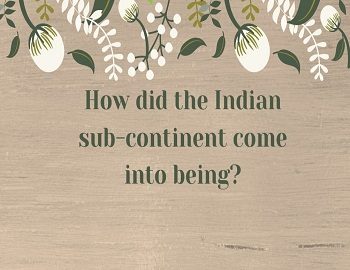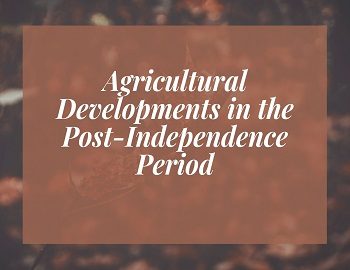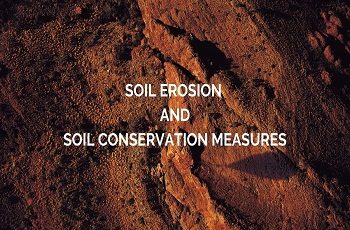Multi-purpose Projects excel over Traditional Irrigation Projects:
Since Independence, we have planned our economic activities to achieve ‘self-reliance’ and improve the standard of living of our people. We have adopted several measures for this purpose. Managing our water resources is one of these purposes. In India, one region experiences floods while the other famines simultaneously. Hence the problem of floods and famines is a twin problem. It is nothing but the two sides of the same coin. As such, we have to tackle them in an integrated manner. Our surface and groundwater resources are complementary to each other. Their source is one and they serve the same purpose. We have to harness these resources in such a way that we utilise them in the best possible manner and serve our various problems. The Multi-purpose river valley project is a common approach, we have acquired over the years. It is a multi-purpose project as it serves various purposes. Damodar River Valley Corporation is the first multi-purpose project which was started and completed in free India.
A multi-purpose river-valley project realizes the following objectives simultaneously, while irrigation projects serve only one purpose i.e. irrigation of agricultural crops.
- Flood Control and Protection of Soil- Under this project, we construct a huge single dam or a series of small dams on a river and its tributaries. Thus man-made lakes come into being. These man-made lakes are termed reservoirs. They impound a huge amount of rainwater and normal water flowing into the rivers. Thus they help in controlling floods and protecting soils.
- Irrigation- The water impounded in the reservoirs proves very handy for use in irrigation in command areas during the dry season when water is in great demand. The stored water is carried long distances through canals to the agricultural fields.
- Afforestation- Trees are systematically planted in and around reservoirs. Thus we preserve “wildland” and the natural ecosystem is maintained. We must maintain our ecological balance in the hilly catchment area of our life-giving rivers. The afforestation avoids silting of dams, lakes, river channels and irrigation canals. They remain in use for long periods due to non-silting and hence prove economical.
- Preservation of Wildlife- The wildland developed purposefully in the catchment areas of the dams and the reservoirs help in preserving and conserving wildlife, the most precious heritage of mankind. This is our bounden duty to preserve and pass on this inheritance to our future generations intact and in good number as they have their right on them.
- Generation of Electricity- The stored water in the reservoirs in the hilly and mountainous regions generally provides a high head. When the stored water is made to fall, forms a waterfall which helps in generating electricity. Electricity generated from running and falling water is termed hydel power. We also call it hydro-electricity. Hydro-electricity is one of the neatest, cleanest and pollution-free forms of energy.
- Navigation- Multi-purpose river valley projects provide us man-made lakes, reservoirs and canals. We often use them in navigation. Navigation is the cheapest means of transport for heavy material.
- Fisheries- The lakes, reservoirs and canals provide ideal conditions for the breeding of fish. Fish hatcheries and nurseries are developed in these water bodies. Chosen varieties of fish are allowed to grow to their full. Fishing activities are carried out at regular intervals through controlled fishing methods. Developed fish farms are the cheapest source of protein for our people. They make up their bodies with proteins.
- Recreation and Tourist Resorts- The river valleys are scientifically developed. Big gardens, parks and scenic views come into being. People in large numbers come here as tourists and recreate themselves in boating on the canals and reservoirs and in tourist resorts developed there for the purpose.
Because of these purposes being fulfilled by the river valley projects our first Prime Minister Pt. Jawaharlal Nehru called them “New temples of Modern India”.









Comments (No)